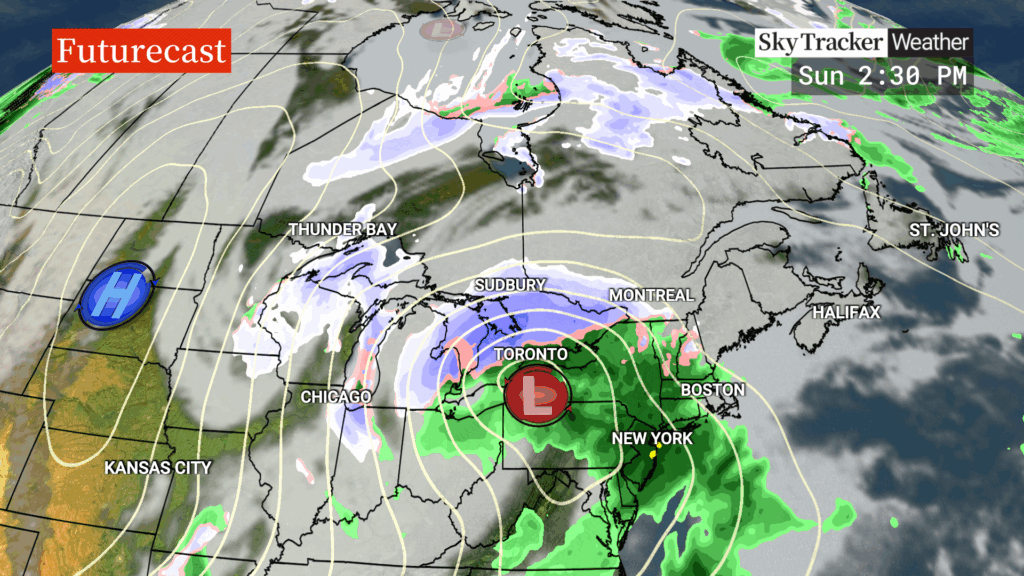
Introduction
As the leaves change and temperatures begin to drop, residents of the Greater Toronto Area (GTA) are starting to prepare for the first snowfall of the season. Forecasts suggest that this year could bring an earlier-than-usual winter with the potential for snowfall as soon as next week. Understanding the predictions and implications of this change is vital for commuters, families, and businesses alike.
Upcoming Weather Patterns
According to Environment and Climate Change Canada, the GTA could experience its first significant snowfall around mid-November. Current meteorological models predict that a cold front moving in from the northwest will collide with moist air pushing in from the Gulf of Mexico, setting the stage for possible flurries and light snow accumulation. While specific accumulation predictions are still evolving, initial reports indicate that areas north of the city may see up to 10 cm, with lighter amounts expected within the urban core.
Impact on Daily Life
The early arrival of snow can affect various aspects of daily life in the GTA. Commuters are advised to prepare for potentially hazardous driving conditions, especially during the morning rush hour. City officials encourage residents to remain cautious on the roads and allow for extra commuting time. Additionally, businesses that depend on outdoor activities, such as landscaping and construction, may need to adapt their schedules to accommodate the changing weather conditions.
Safety Precautions
As winter approaches, it is essential for residents to take safety precautions seriously. This includes ensuring that vehicles are winter-ready with appropriate tires, maintaining emergency kits, and being aware of winter driving techniques. Moreover, homeowners should prepare for snow removal and ensure that sidewalks and driveways are kept clear to prevent accidents.
Conclusion
The forecast of the GTA’s first snowfall is a timely reminder of the impending winter season. With the potential for early snow impacting commuting and daily activities, residents are encouraged to stay informed and prepared. As the season progresses, weather conditions will likely evolve, and it is crucial to monitor updates from reputable weather sources. Taking proactive steps can ensure safety and minimize disruptions during this transitional period.



